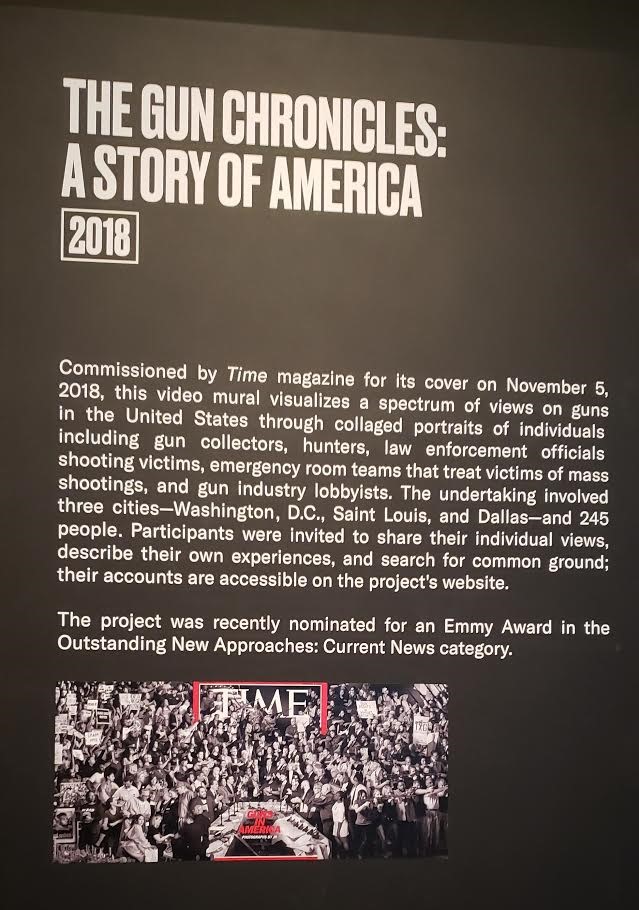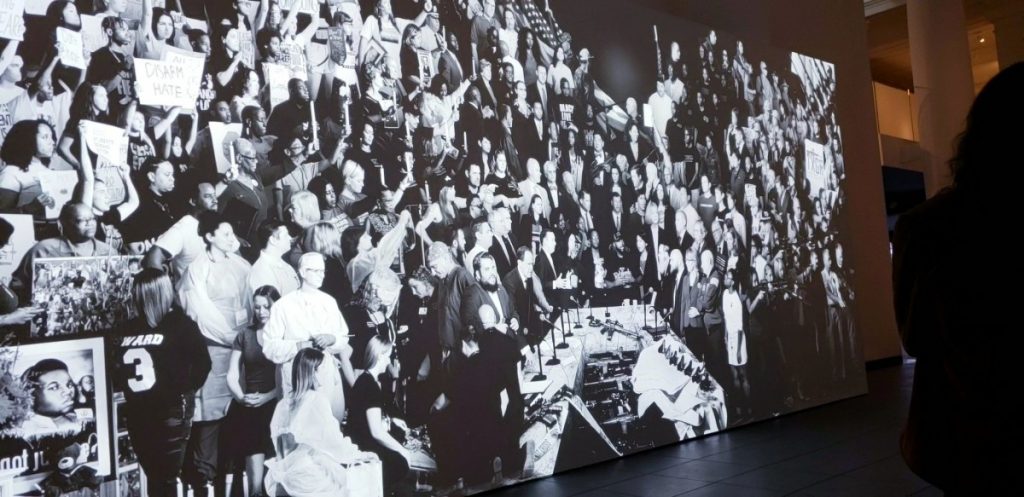Introduction:
Google is an extensive search engine company that it’s known to be one of the world’s most popular search engine to look up some specific topics, cloud computing, advertising, etc. When we take a good closer look at the logo at its appearance, we sometimes have questions about who are the designers of the logo’s typeface? What’s the whole history behind it? Why did they choose these four colors Blue, Red, Yellow, and Green for their font colors? How does Google come up with their various designs of modifications for their logo during holidays or special events? 
Google’s first name:
These two tech designers designed google’s logo, Larry Page and Sergey Brin while studying at Computer Science at Stanford University. They both met at their same Computer Science Course and discussed each other about the beta version’s name of their backlinks project. So it was first called “Backrub” in 1996. The reason the name changed from Backrub! To Google, because it was too large for the university’s servers, and that’s how they come up with a mathematical term as number 1 raised by 100 “Googol.”
Original Design through the Present:
Sergey Bin’s beta design for Backrub was in an alphabetical-like font with some Blue, Yellow, Green, and Red with some visible shadows. Later in 1997, they changed the name and its fonts into a bold spaced-out outline, which didn’t grab an audience’s attention at first, but big companies like Windows 95 and Pepsi were interested in this style of font and a typeface. In 1998, the fonts kept the same palette and the colors too, but this time, the letter G became an upper case, and the colors were dull, and it’s starting to become more popular alongside the LEGO and McDonald’s Logo. 

Later in 1999, There aren’t that many differences between the typeface and the font, but the colors were rearranging, and its typeface was in a glossy form, and they predicted that this is their final title they will use it for the future. In 2010, the logo changed its design a little into a better outline that is barely visible from its font.

Until in 2013, you can see the logo changed again as there were no shadows this time, and the outlines removed. The colors of this design became a more smooth effect, and the font style used in Serif. In 2015 – through the present, the font changed into more bold letters with rounded edges with a two-dimensional flatter effect.

Color and Font Size:
They no longer use Serif as a typeface and a font, which that’s interesting to see. They even developed a new logo for a smaller-screen size for mobile devices. Its typeface showed as a sans-serif, and colors morphed together to add an optimistic feeling of the logo. The colors that the Creators Choose weren’t randomly, they choose Blue, Red, Yellow, and Green as an eye-catching, and it would portray the company as simple.
Conclusion:
In the end, Google sure has inspired most of us around the world as it went from their small search webpage into one of the most successful search engines ever to own huge companies such as Youtube for an example. Their design went from a blanded large bold letters into a simplified single-story font. The colors remain the same palette this day, but the pattern changes from Blue, Red, Yellow, Blue, Green, and Red. I was shocked the first time when I found out that they named their search engine after a mathematical term. Now you see Google being advertised right before the video your currently watching on Youtube.
Credit to these sources:
- The True Story Behind Google’s First Name: Backrub
- Google was Once Named BackRub
- Google Logo History | Evologo [Evolution of Logo]
- Who Designed the Google Logo? Brandingmag
- Meaning Google Logo and Symbol | History, and Evolution
- Google Logos throughout History
- Google’s Logo Design and History – How It’s Changed over 20 Years.





